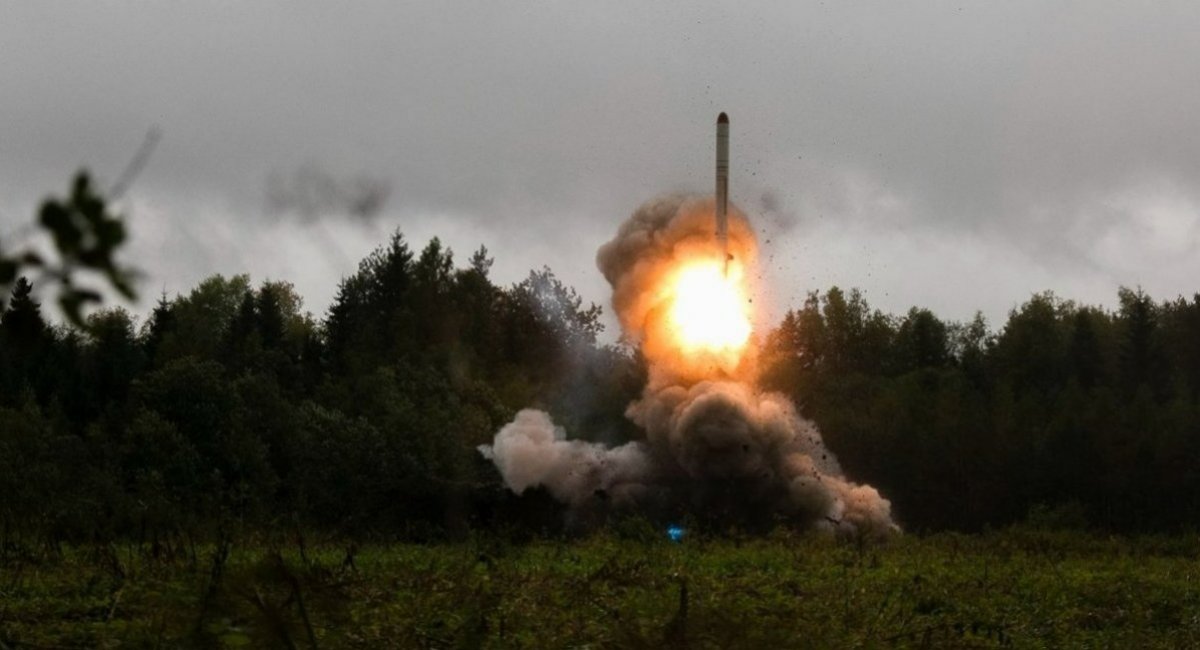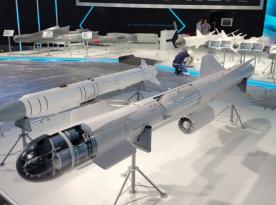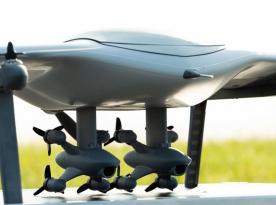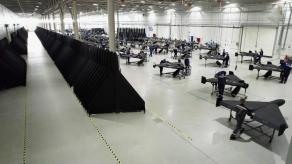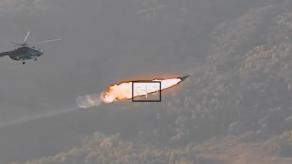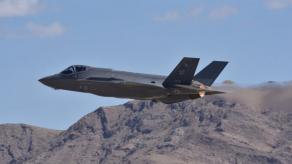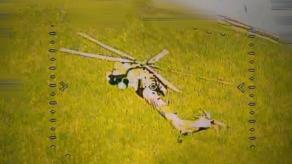Sweden has shaped its ongoing New Sensor Programme (programmet Sensorsystem Ny) to deal with the capabilities of modern ballistic and cruise missiles, especially taking notes of such threats as the russian Iskander and Kalibr land attack systems.
Col. Fredrik Pålsson, head of the Information and Intelligence Systems Department at Sweden's Defense Materiel Administration (FMV) has also outlined other priority threats in an interview with Janes. These include stealth technology, unmanned aircraft systems (UASs), and hypersonic weapons.
Read more: Sweden Bought IRIS-T SLMs Underequipped With Radars — Plain Economy or Europe's New Air Defense Unit Configuration
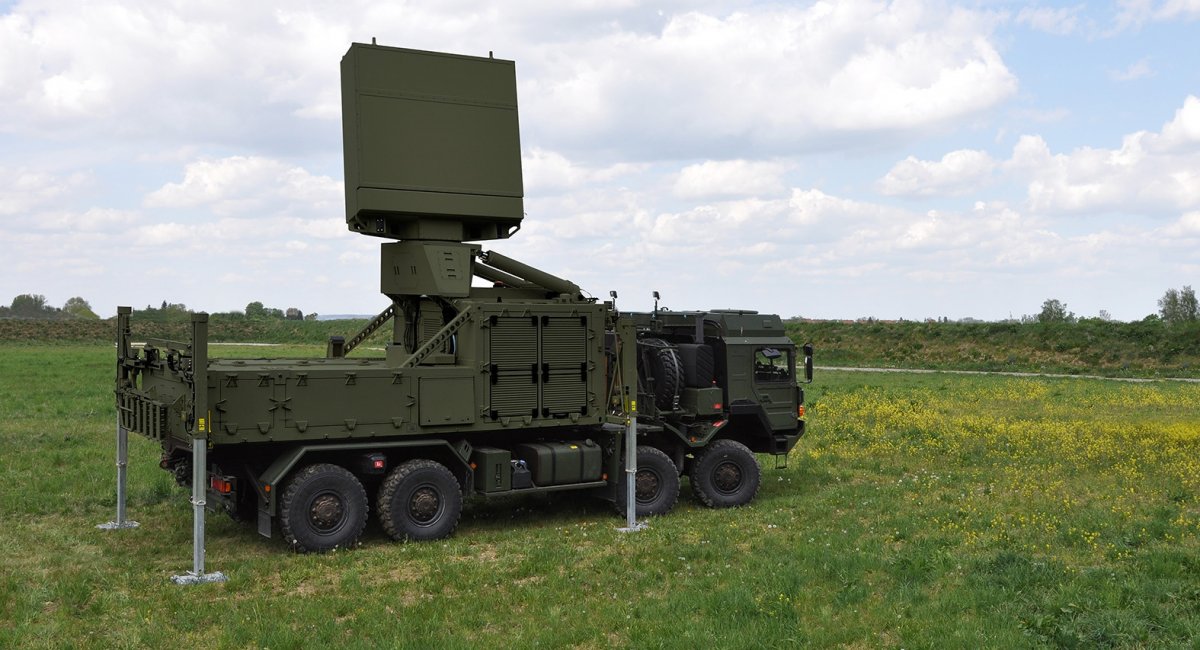
The Swedish military leadership believe that future warfare weapons will become less and less detectable by radars while growing in travel speed and variety of working altitudes. The surveillance systems must be apt at detecting threats even in contested electronic space, where many factors interfere including countermeasures deployed by the enemy.
Defense Express adds that the Swedish official essentially names all existing threats, from relatively simple UAVs to high-end hypersonic weapons. Any of those can be used not only for direct damage but also for oversaturating enemy air defense and missile defense systems.
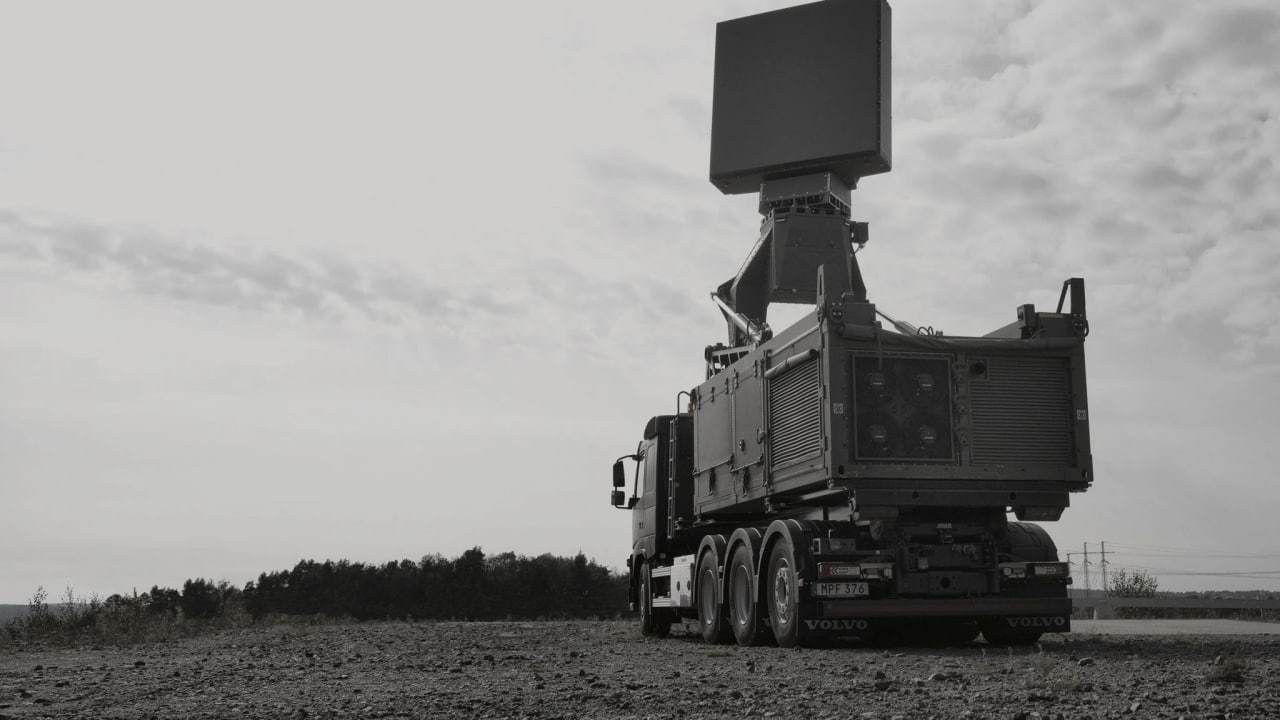
Particular emphasis is put on cruise and ballistic missiles which remain a common and yet dangerous type of weapons. Between the contemporary trends toward low visibility, maneuvering, increasing speed, and utilization of various flares, one needs to be able to detect the threat despite all the missile's attempts to stay low.
The importance of keeping up is illustrated in full by the hostilities in the russo-Ukrainian war. The conflict has shown a lot of improvements implemented for the Kalibr, Kh-101 cruise missiles, the Iskander tactical missile system, and even new-type weapons like the Banderol one-way attack drone. All this is complemented by the increasing use of anti-radar weapons by both sides.
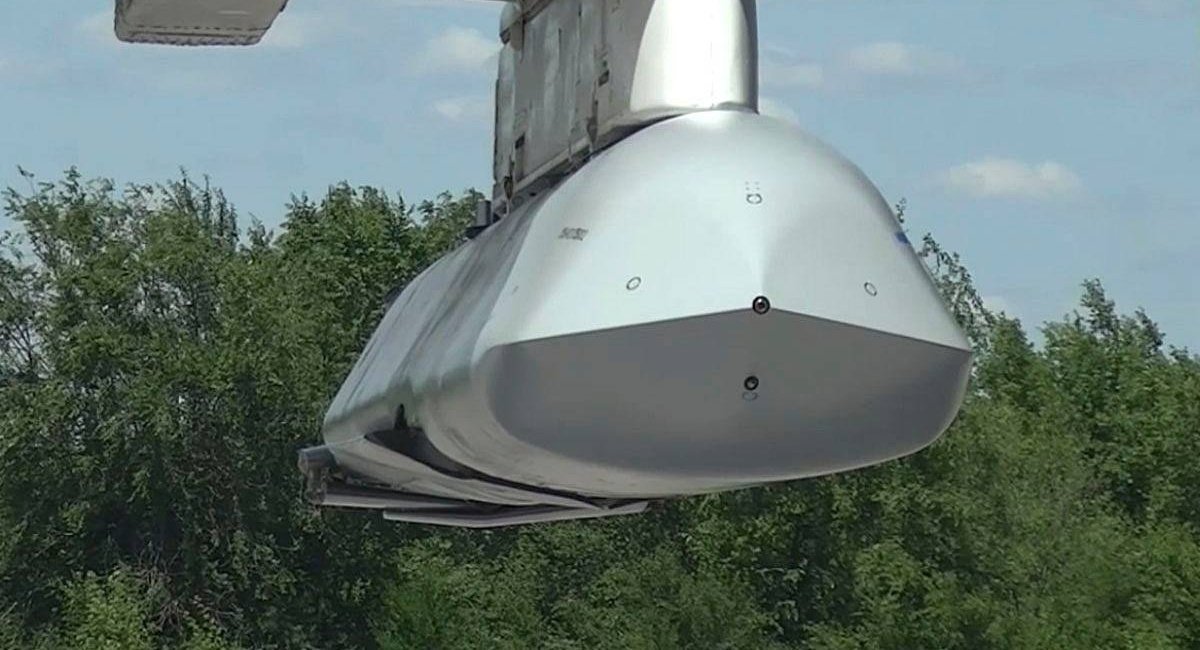
Not just investing in air surveillance, Sweden has recently been active in developing its locally designed air and missile defense capabilities. Saab has cemented themselves as one of the world's leading manufacturers of radar systems for various applications.
The government has also recently purchased the IRIS-T Surface-Launched Medium-Range air defense systems that have modern TRML-4D radars in their composition. In addition, it's in the midst of finalizing the purchase of TPY-4 all-weather radars from U.S. company Lockheed Martin with a range of up to 555 km.
Read more: Chinese Programmers Maintained Pentagon Servers Under Microsoft Outsourcing Deal — U.S. Still Doesn't Know What Exactly Was Coded



